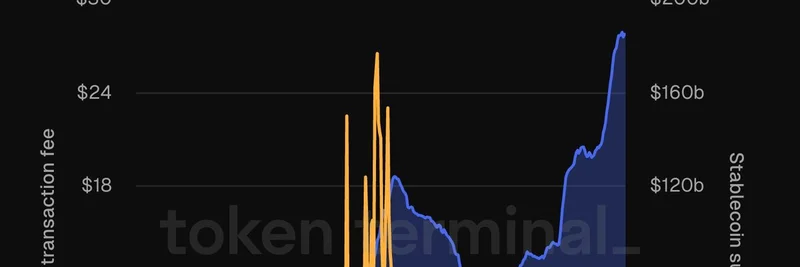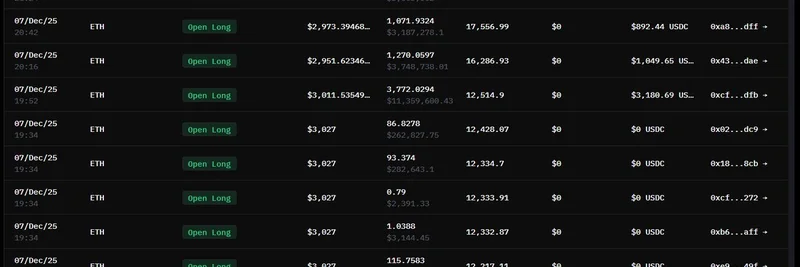Hey there, crypto enthusiasts! If you're into Solana and DeFi, you've probably heard the buzz from Jupiter Exchange's recent tweet. They're rolling out native SOL staking for their JLP pool, and it's a game-changer for holders. Let's break it down in simple terms, so you can see why this is exciting news.
The Announcement: Staking Up to $580M in SOL
Jupiter Exchange, a popular DEX aggregator on Solana, announced they'll soon start staking a massive amount—up to $580 million worth of SOL—from their JLP pool. JLP stands for Jupiter Liquidity Provider token, which is basically what you get when you provide liquidity to Jupiter's pools. This idle SOL has been sitting around, but now it's going to work, earning staking rewards that will flow back to JLP holders.
The team highlighted that this move boosts returns, puts unused assets to good use, and even strengthens Jupiter's own validator on the Solana network. It's like turning your couch cushions' spare change into an investment portfolio—except on a blockchain scale.
How Native SOL Staking Works in the JLP Pool
Don't worry if "native staking" sounds technical; it's straightforward. Unlike using liquid staking tokens (which can sometimes come with risks like depegging), this is direct staking on Solana's protocol.
Here's the gist:
- Staking Process: SOL from the pool is moved to special stake accounts and delegated to Jupiter's validator. There's a cap to keep things safe, and it only uses their own validator for now.
- Earning Rewards: Rewards accumulate over time, including standard staking yields and even MEV (Maximum Extractable Value) tips from Jito. These get added to the pool's reserves.
- Distribution: Out of the rewards, 75% goes back to the JLP pool for holders, and 25% to the protocol. It's all automated and compounds, meaning your earnings grow on themselves.
- Unstaking Flexibility: Need the SOL back? It can be unstaked anytime, though it follows Solana's rules—deactivation takes about 2-3 days (up to two epochs).
For more technical details, check out Jupiter's support article. This setup ensures the pool stays liquid for trades and swaps without hiccups.
Benefits for JLP Holders and the Broader Ecosystem
This isn't just hype; it's practical. For JLP holders:
- Higher Yields: Your liquidity now earns extra from staking, compounding over time.
- Capital Efficiency: No more idle SOL—everything's optimized.
- Low Risk: Sticking to native staking avoids extra smart contract vulnerabilities.
On a bigger picture, it's a win for Solana too. By boosting Jupiter's validator stake, it enhances network security and decentralization. Even the official Solana account chimed in with excitement in the thread. Plus, since Jupiter is a go-to for swapping meme tokens on Solana, this could indirectly support the vibrant meme coin scene by improving liquidity and yields.
Any Risks to Watch Out For?
Like any DeFi feature, it's not risk-free. In extreme cases, if the pool's liquid SOL runs low during high demand, unstaking might delay payouts by a few days, or you could get USDC instead. But the team monitors everything closely, with buffers and limits to prevent issues. Concentration on one validator is another point, but Solana's ecosystem is robust.
Why You Should Care as a Blockchain Practitioner
If you're building or trading on Solana—especially with meme tokens—features like this make the ecosystem more attractive. It shows how projects like Jupiter are innovating to keep users engaged and rewarded. Keep an eye on updates; this could set a trend for other pools.
What do you think? Will this pump JLP adoption? Drop your thoughts in the comments, and stay tuned to Meme Insider for more on meme tokens and blockchain tech.




